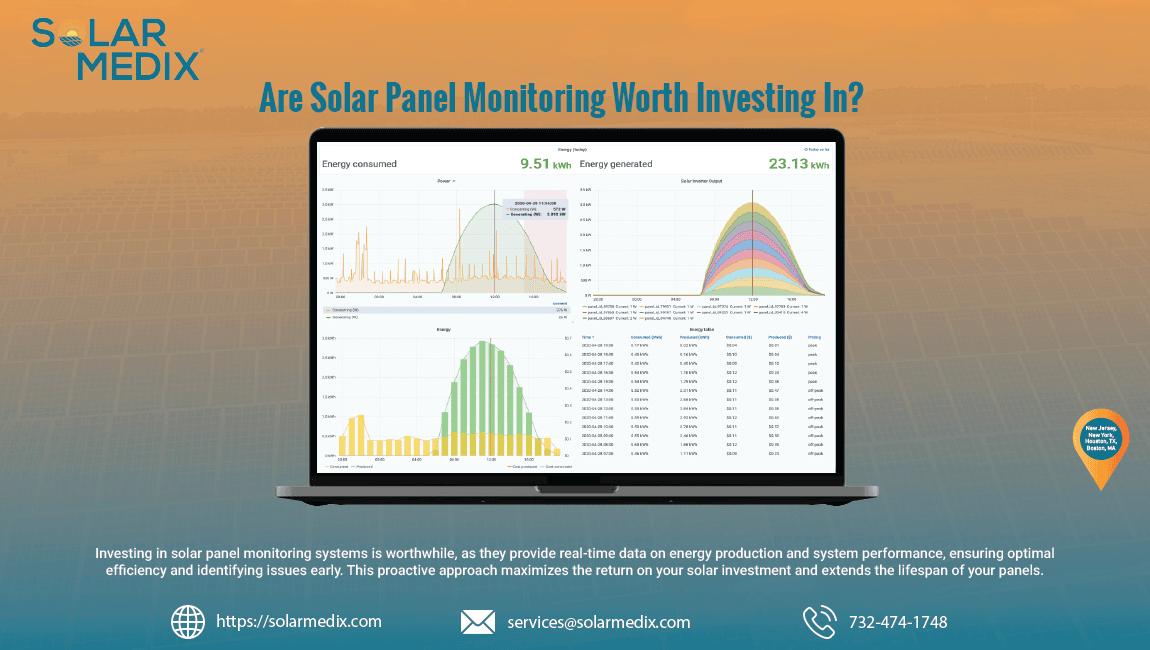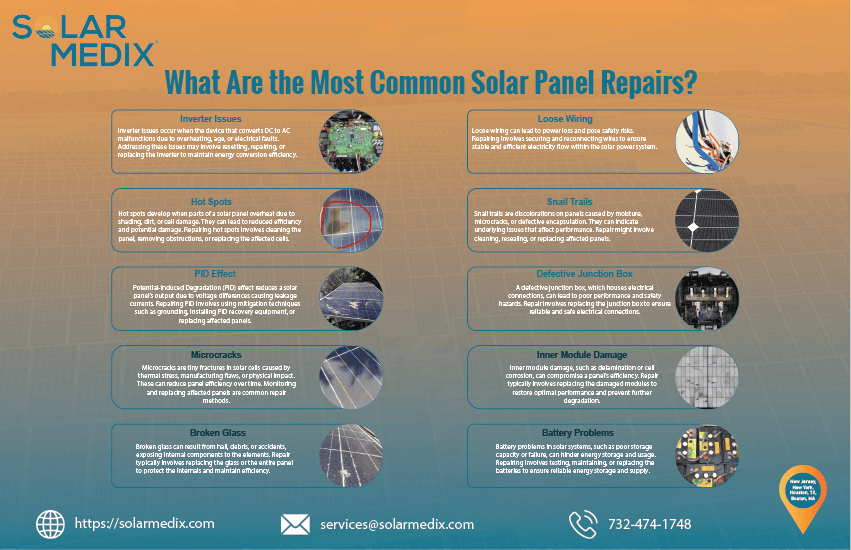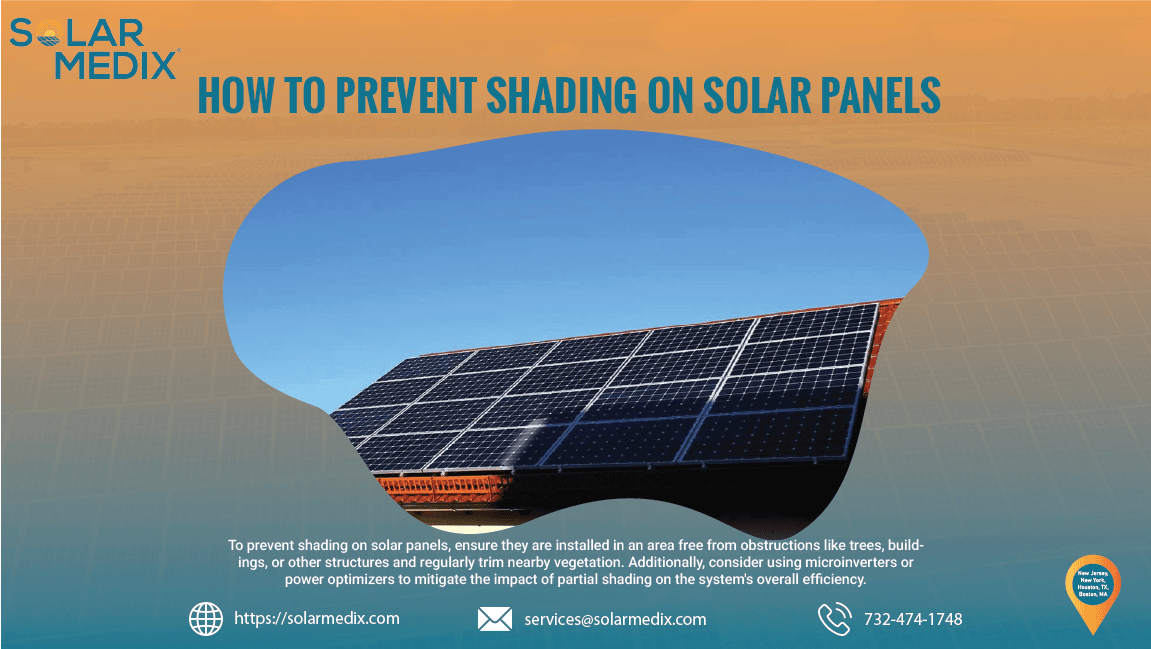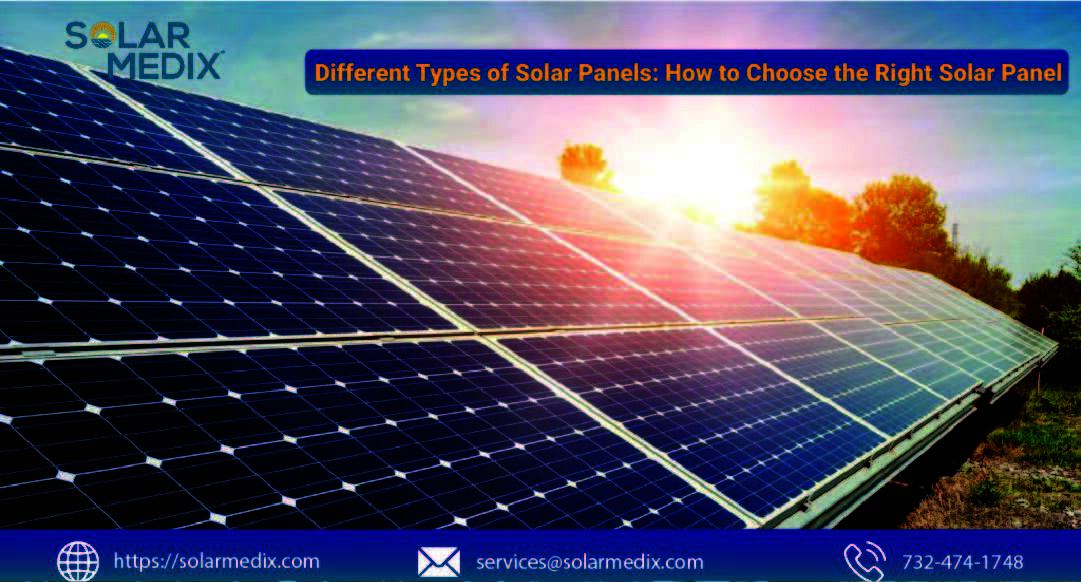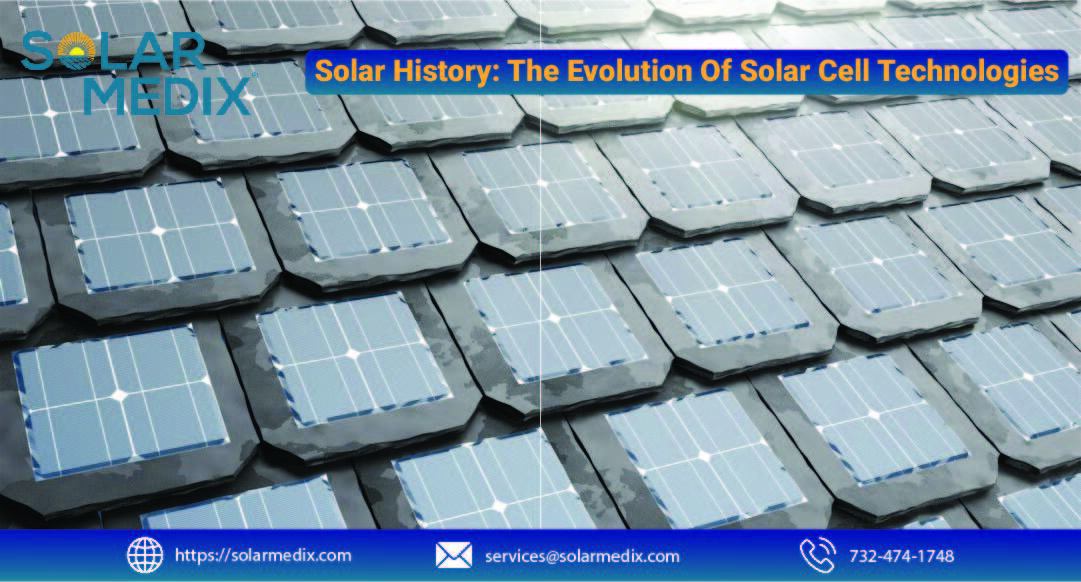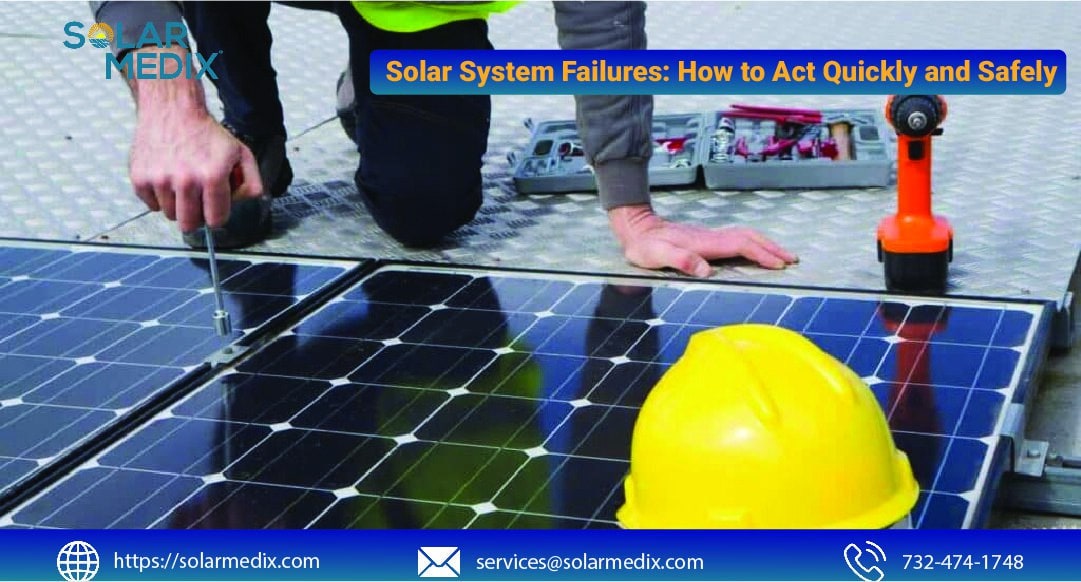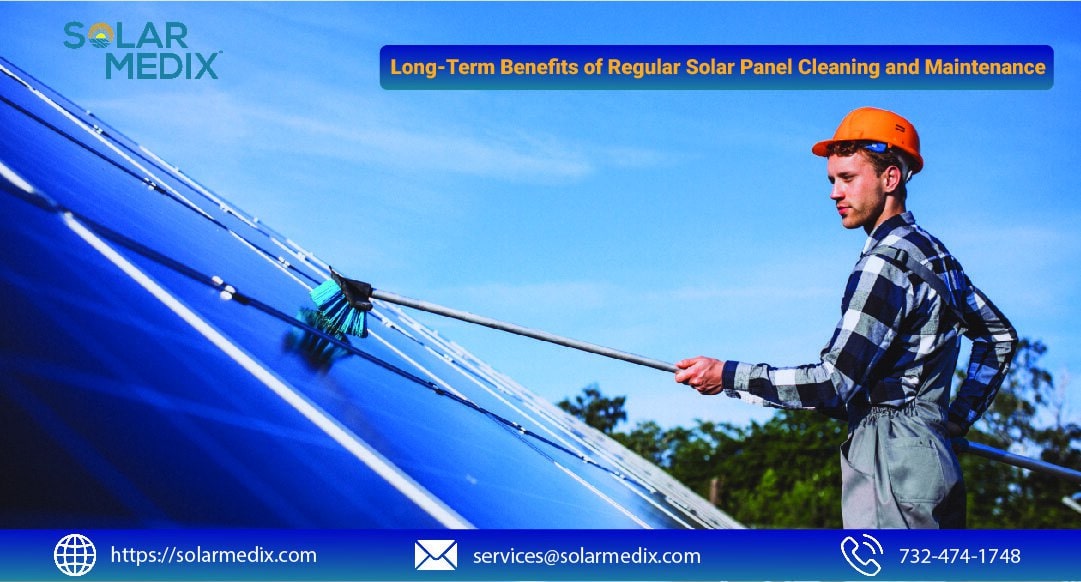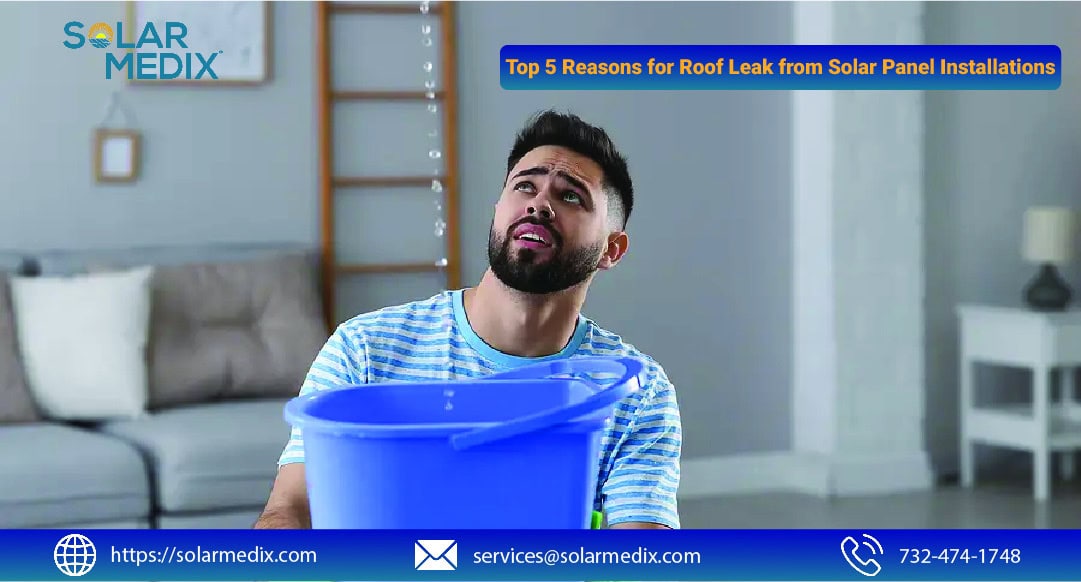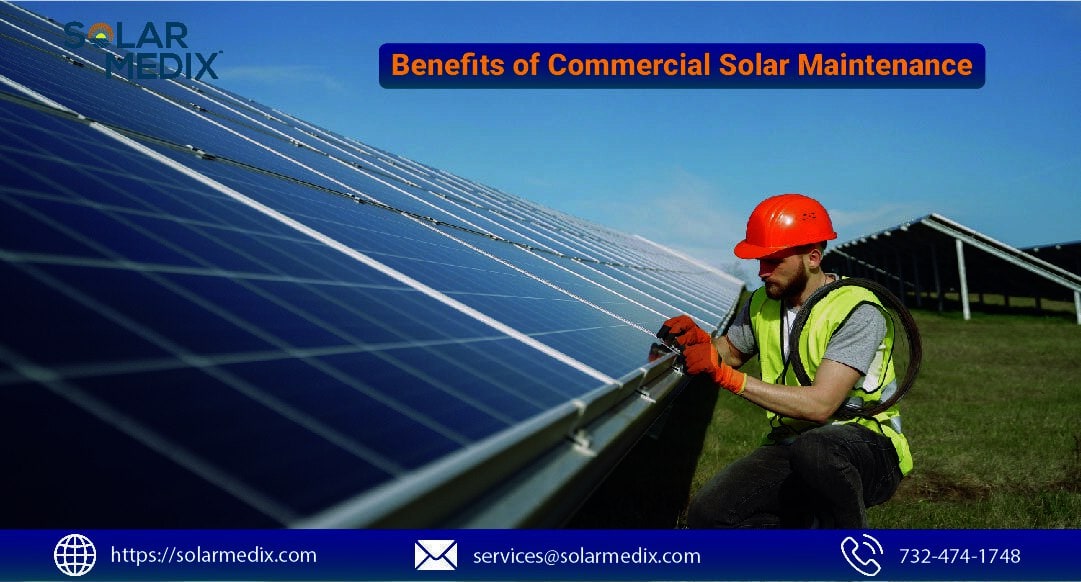Solar panels are a significant financial commitment, making it essential to maximize their efficiency, ensure substantial savings, and extend their lifespan. Solar PV systems are meant to last for up to 25-30 years while requiring little regular maintenance, but it is just as easy to forget about them once they have been installed.
Nevertheless, regular solar panel monitoring can significantly improve the long-term gains you see on your investment.
A solar panel monitoring system gives you a comprehensive view of how much energy your solar PV system is producing. These findings are crucial, as they offer insights into the larger picture of how well or poorly your solar panels are currently producing when measured against historical production. This means early identification of performance problems, optimizing energy production, and even predicting failures before they occur as expensive issues.
As we transition to a world more and more powered by renewable energy, having a solar panel monitoring system in place is ultimately about keeping your investment protected — both through the warranty process and throughout the entire lifespan of what’s likely to be your home’s largest savings generator.
In this blog, we explore the key benefits of a solar panel monitoring system and its basic workings. We’ll also help you decide if adding a monitoring system is the right choice for your solar setup. So buckle up and get ready to unlock the full potential of your solar investment!
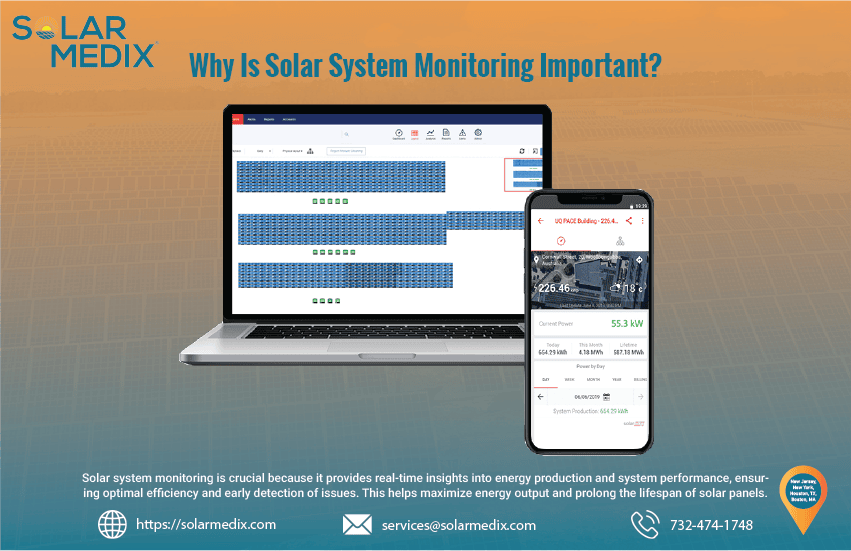
Why Is Solar System Monitoring Important?
Household electricity consumption varies greatly due to varying lifestyles, family sizes, and appliances within households. However, many homeowners are unaware of their real-time electricity usage or which appliances consume the most power.
During winter, heating can account for up to 80% of your home’s energy consumption, and electric hot water systems can account for between 30–40% of a household’s total electricity use on their own. This is where a solar analytics system stands out, providing fine-grained consumption data and the ability to measure particular power circuits—for example, hot water or heating systems.
Understanding your consumption patterns can lead to substantial electricity savings. An example of this is the commonly held belief that small electric fans or oil heaters are energy efficient. In fact, modern reverse cycle split systems are a much more efficient way to heat your home.
Both heaters consume a continuous 1500 watts of power, but the split system delivers 4 to 5 times more heat energy than does one tiny little fan heater. Through a consumption monitor or energy meter, they can easily understand the intensity of energy that certain appliances are taking at varying times and functions, which makes them more aware of decisions regarding reducing unnecessary use.
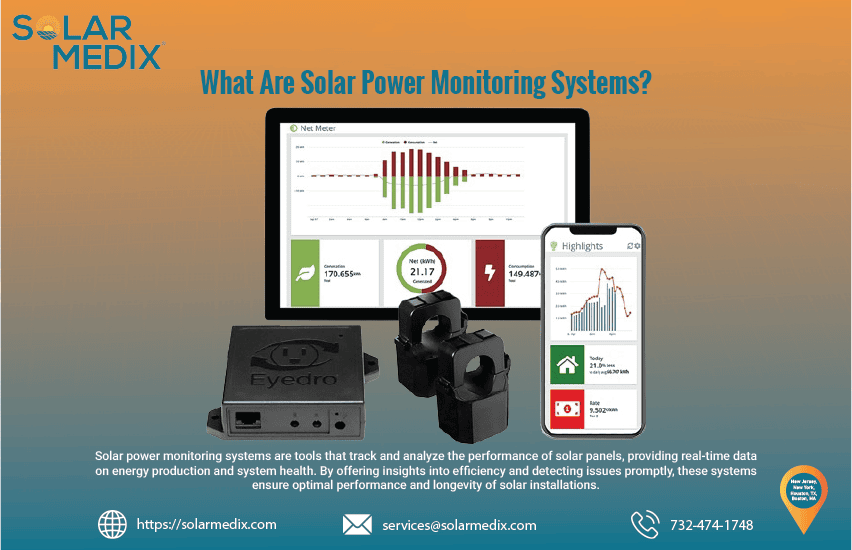
What Are Solar Power Monitoring Systems?
Solar monitoring systems are basically composed of a hardware configuration in combination with a software setup including an available display interface for customers. The information is collected by continuously monitoring sensors attached to solar panels and other relevant equipment.
A monitoring system will track and measure:
- Energy consumption
- Solar electricity production
- Grid exports
- Grid imports
- Battery charge and discharge power
Depending on the type and brand of the system, these sensors could interface each solar panel individually (which panels are producing how much power). They may also poll the installer to make a number associated with the inverter or attached battery if one is available.
At the heart of the platform is the solar panel monitoring software that provides system owners with a consolidated view of the data collected by sensors and solar inverters. The information is usually available via a mobile app or your registration web portal. Nowadays, most systems upload the data to a cloud-based platform so that it can easily be accessed by the user from anywhere.
In addition, the most common solar monitoring systems can connect a smart meter and give accurate readings of how much energy you are consuming or exporting to the grid, clearly comparing it with your PV system production.
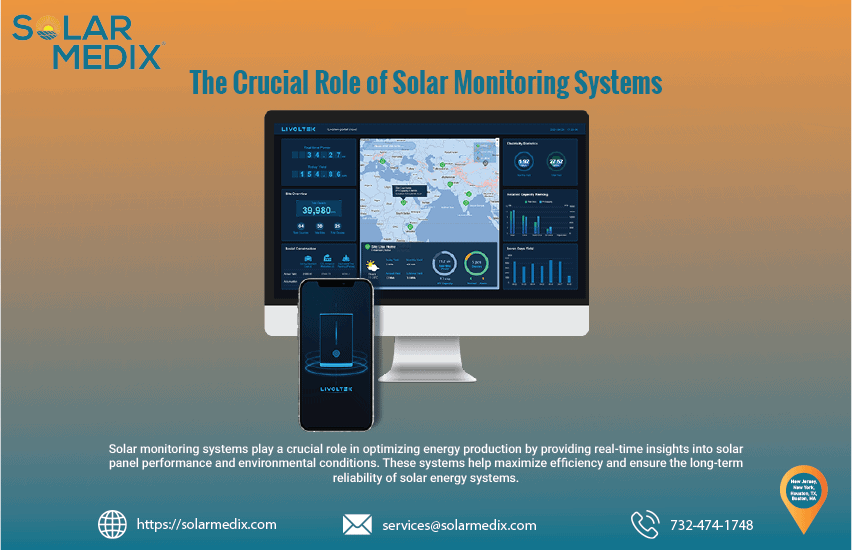
The Crucial Role of Solar Monitoring Systems
Solar monitoring systems are the unsung heroes of the solar power world. They play a crucial role in optimizing the performance, maintenance, and, ultimately, the return on investment of your solar panel system. Here’s how:
Real-time Performance Monitoring
Ever wished you could look over the shoulder of your solar system and watch it make clean energy? That’s where a solar module-level monitoring system comes in. Continuous measurement of key parameters such as Voltage, Current, and Temperature will give you real-time data on efficiency along with output. This allows you to:
- Track Efficiency: Easily find out if your panels are generating power at their rated capacity. Case studies have shown that even a small decrease in panel efficiency (around 5%) can greatly affect output.
- Identify Issues Early: Look out for potential problems while they are still small ones waiting to become big, expensive ones. A swift response to shading, for example, might prevent a major fall in power output.
- Make Informed Decisions: Verify your energy usage vis-a-vis power generation and pinpoint places where you could conceivably reduce your reliance on grid power. The U.S. Department of Energy (DOE) estimates that homeowners can slash their electric bills by anywhere from 10 to 30% with photovoltaic installation.
Data-Driven System Analysis
With a solar monitoring system, it is not just good for a day or week but, indeed even a year. By examining the result info over time, you can:
- Identify Trends: It allows you to see if there are seasonal variations in power generation (for example, winter months with less sunlight) or if something might be affecting panel performance.
- Better Production: According to the data, you can potentially alter factors such as shading or cleaning schedules for higher efficiency in energy yield. Research shows that the regular maintenance of solar panels improves efficiency by up to 5%.
- Lower Costs: By improving performance, you might be able to prolong the life of your modules, and thus reduce electricity charges.
Lower Electric Bills
At the end of the day, whether it’s a smart monitoring system or just you carefully calculating—or limiting your power usage to one gadget at a time, knowledge is power. With all the energy production and consumption data analyzed, you can:
- Adjust Usage Patterns: You can use things that use more power when the sun hits the panels directly and switch to lower consumption accordingly.
- Optimize Consumption: Find potentially applicable areas in which you can lower your overall energy consumption. Small modifications to your energy habits can lead to significant financial enhancements in the returns from your solar investment.
In the long run, investing in a solar power usage and production monitoring system will also protect your investment for the entire life of your solar panels. It will enable you to be more proactive, get the most out of your system, and maximize the return on investment for your solar.
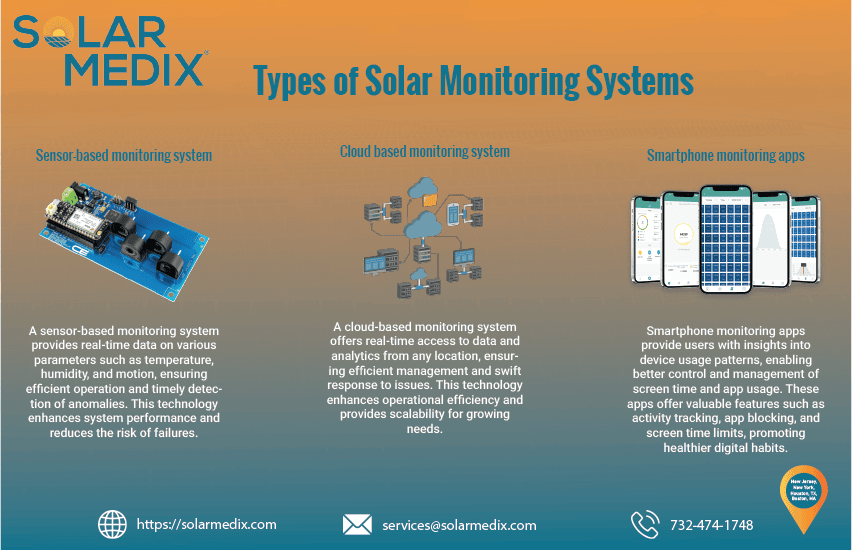
Types of Solar Monitoring Systems
There are many types of solar monitoring systems when it comes to monitoring your system’s performance. These systems use different technologies and have lots of features to adequately meet your tracking requirements. Choosing the right type can help you select the best one based on your configuration.
Sensor-based Monitoring System
Now, picture a bunch of little detectives going to work on those solar panels. That’s what sensor-based monitoring systems do! Using a network of sensors mounted at key points on your panels, these systems gather real-time intel.
They measure key parameters such as voltage, current, and temperature, which provide a wealth of valuable information about how your system is running.
Finally, this information is sent to your chosen home on the outside — a computer or smartphone app that you can use to track and evaluate your energy consumption. According to experts, tracking these metrics is key to making sure your solar panels are performing at their best.
Cloud-Based Monitoring Systems
Since data is stored in the cloud, a monitoring system with such capabilities can be accessed from anywhere with an internet connection. The data recorded by your solar panels is securely kept and can be retrieved via an online portal or via a smartphone app.
This kind of system is flexible and provides convenience, such as the ability to view and manage your solar performance easily from off-site.
Smartphone Monitoring Apps
Many models these days are also sold complete with a dedicated smartphone app, which means you’re able to easily monitor your system even when out of the house.
In addition to monitoring your plant’s production, these apps also provide real-time feedback on how your system is running so you can detect problems early. You read correctly — get a smartphone app and check the status of your system from anywhere! So you are always free from tension and do everything well.
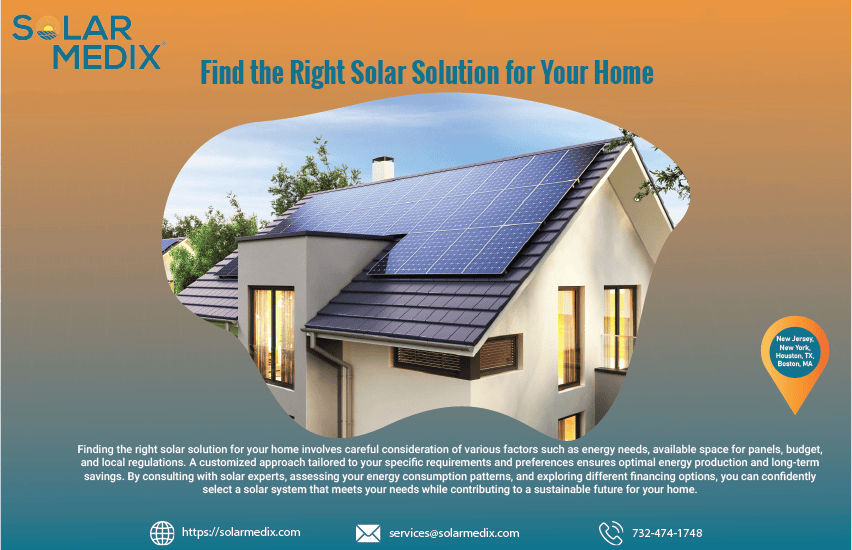
Finding the Right Solution for Your Home
The best home solar monitoring system will depend on each household’s energy needs and habits, so you’ll have to take a decent look at it before making your choice.
Think about how large or small your property may be, as well as the direction of your roof and where it gets its daily sunlight. Knowing about these factors would make you select the best monitoring technology for efficiency and help in reducing energy expenses.
Another common way of having a good grasp of how much solar is consumed is by using smart meters & monitoring software. They give you the ability to see real-time delivery data for generation and household use.
After carefully considering your needs and investigating the options, you should be able to choose a solar consumption monitoring system that will help you meet your objectives of using sustainable energy in an economically efficient way.
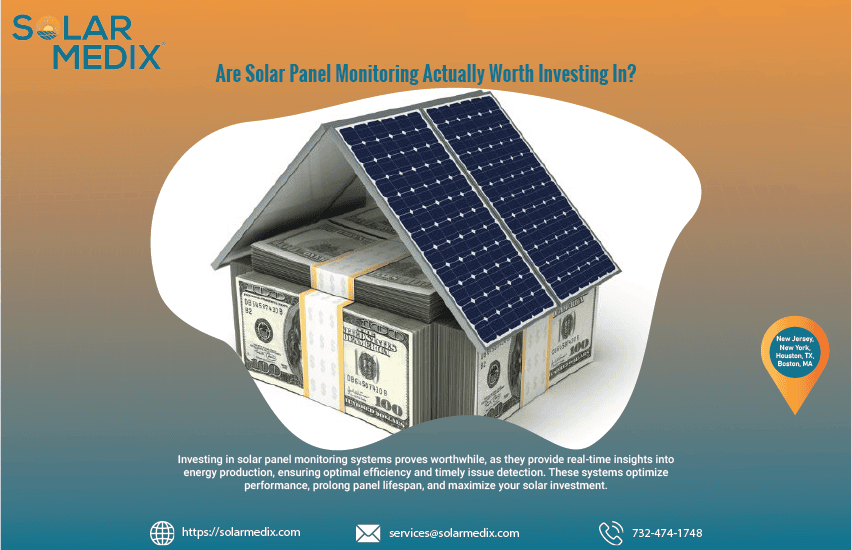
Final Verdict – Are Solar Panel Monitoring Actually Worth Investing In?
In general, solar monitors aren’t worth the added expense they require—especially for residential solar installations. But its benefits cannot be ignored. There are some cases in which solar monitoring proves advantageous like when there’s less area to install.
If space is at a premium and adding more solar panels isn’t going to cut it, the next best thing is to increase your power output from a smaller area using a monitoring system. In addition to using on residential rooftops, solar monitors are also crucial in large-scale utility or commercial applications.
For accurate cost estimates on implementing a solar monitoring system, it’s wise to seek advice from an expert solar consultant like Solar Medix. You can utilize our solar calculator to gauge the cost of solar in your locality and estimate potential savings on your electricity bill from transitioning to solar energy.
To monitor solar panel output, use a monitoring system that tracks key parameters like energy production and system health.
Live monitoring is crucial for solar panel systems to detect issues promptly and optimize performance.
The cost for per-panel monitoring varies depending on the system’s complexity and features.
Yes, there are several apps available for monitoring solar panels, offering real-time data and insights for efficient management. The experts at Solar Medix can help you select the best one as per your needs.
